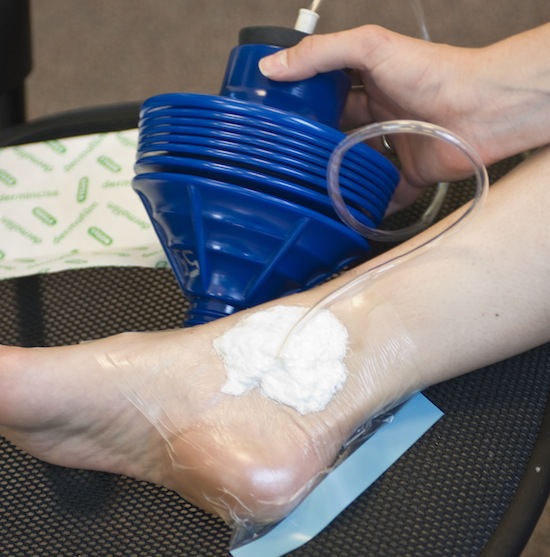How shoes affect human gait is a controversial topic these days. The popularity of barefoot running, for instance, has grown in large part because of the belief, still unproven, that wearing modern, well-cushioned running shoes decreases foot strength and proprioception, the sense of how the body is positioned in space, and contributes to running-related injuries.
Whether high heels might likewise affect the wearer’s biomechanics and injury risk has received scant scientific attention, however, even though millions of women wear heels almost every day. So, in one of the first studies of its kind, the Australian scientists recruited nine young women who had worn high heels for at least 40 hours a week for a minimum of two years. The scientists also recruited 10 young women who rarely, if ever, wore heels to serve as controls. The women were in their late teens, 20s or early 30s.
Link
Whether high heels might likewise affect the wearer’s biomechanics and injury risk has received scant scientific attention, however, even though millions of women wear heels almost every day. So, in one of the first studies of its kind, the Australian scientists recruited nine young women who had worn high heels for at least 40 hours a week for a minimum of two years. The scientists also recruited 10 young women who rarely, if ever, wore heels to serve as controls. The women were in their late teens, 20s or early 30s.
Link







